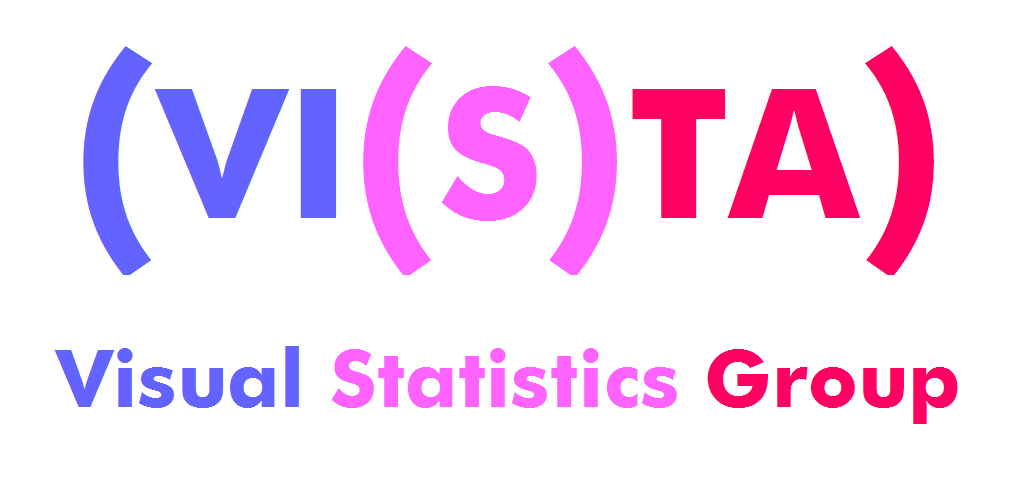| Abstract
The procedure to compute the subjective
difference between two input images should be equivalent to a straightforward
difference between their perceived versions, so reliable subjective difference
metrics must be founded on a proper perception model. For image distortion
evaluation purposes perception can be considered as a set of signal transforms
that successively map the original image in the spatial domain into a feature
space and a response space. The properties of the spatial pattern analyzers
involved in these transforms determine the geometry of these different
signal representation domains.
In this work the general relations between
the sensitivity of the human visual system and the perceptual geometry
of the different representation spaces are presented. This general formalism
is particularized through a novel physiological model of response summation
of cortical cells that reproduces the psychophysical data of contrast incremental
thresholds. In this way, a procedure to compute subjective distances between
images in any representation domain is obtained. The reliability of the
proposed scheme is tested in two different contexts: on one hand it reproduces
the results of suprathreshold contrast matching experiences and subjective
contrast scales, and, on the other hand provides a theoretical background
that generalizes our previous perceptual difference model [Im.Vis.Comp.,Vol.15,
7, 1997] whose outputs are linearly related to experimental subjective
assessment of distortion.
|
